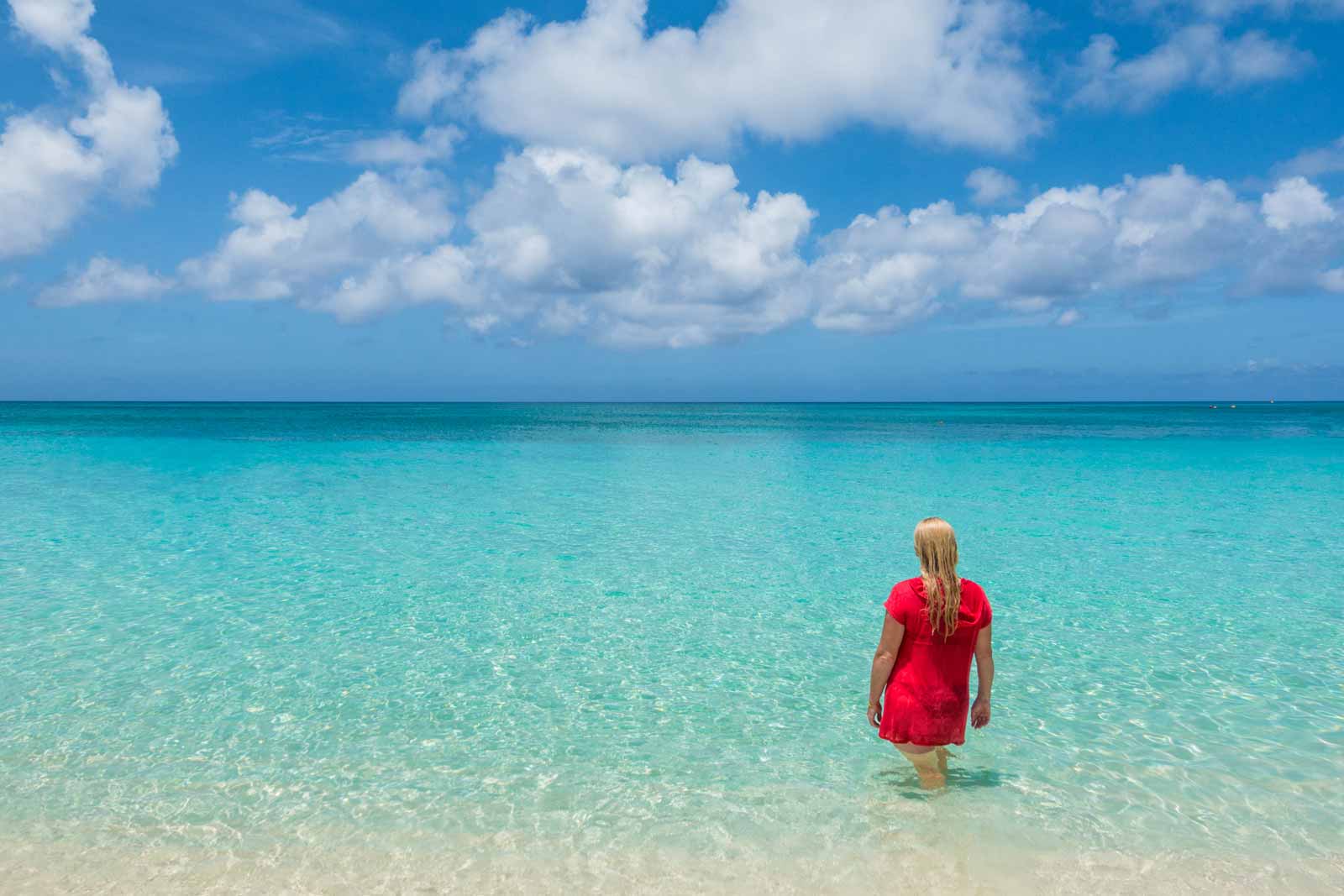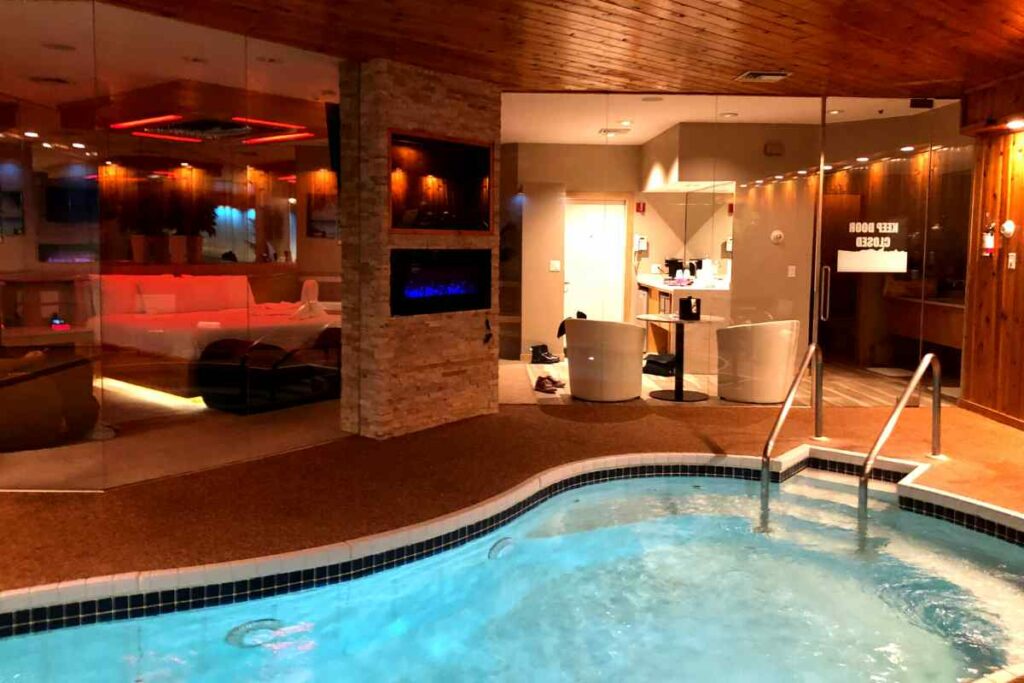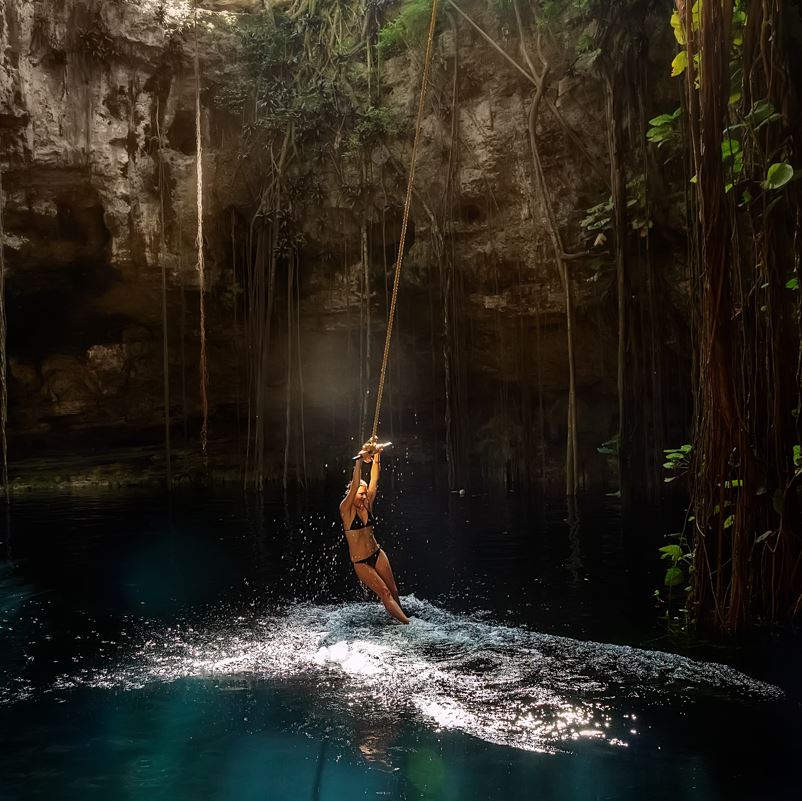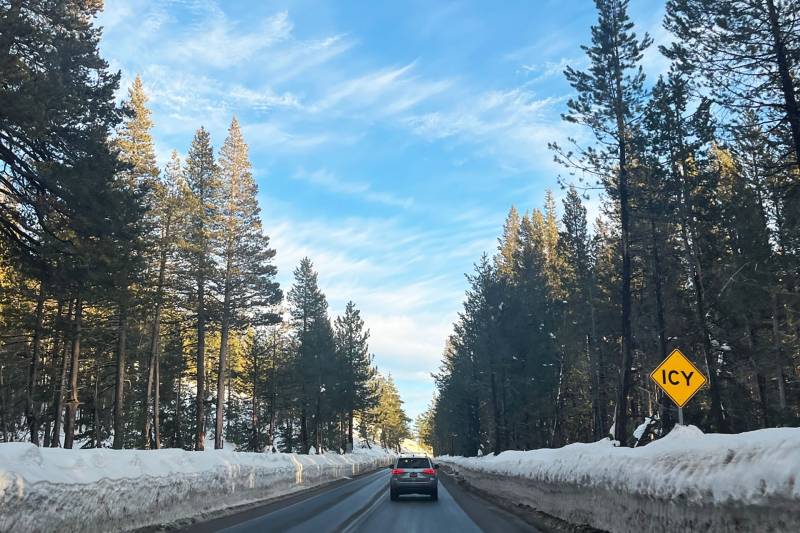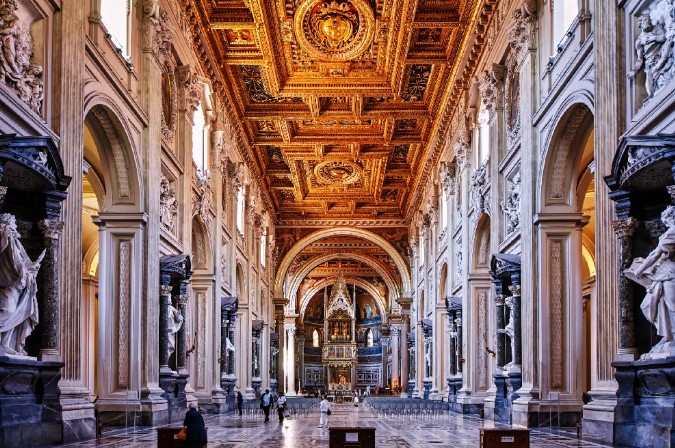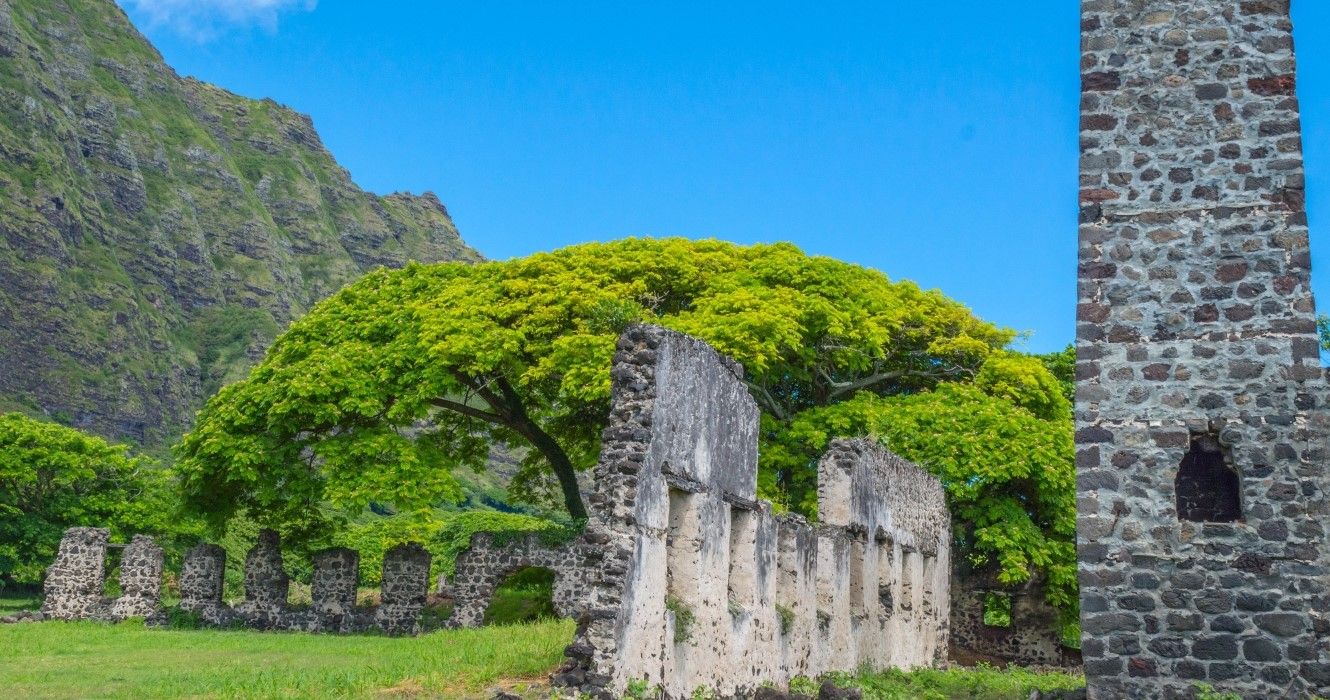
Hawaii is not just a sun-kissed destination with an abundance of opulent beaches and photo-worthy nature scapes. There are plenty of beautiful beaches to visit in Hawaii, alluring beach-seeking tourists with its turquoise waters and soft, powdery sands. Vacationing tourists flock to Hawaii, often to the Honolulu jewel of Waikiki Beach or to rent a car to venture along the Road to Hana. Though there are tons of things to appreciate and enjoy in Hawaii’s top attractions, visitors often overlook the state’s medley of ruins, which highlight Hawaiian culture and the islands’ unique histories. Travelers vacationing in the Aloha State can plan their itinerary to visit (or learn more about) some of these ruins in Hawaii, which are just as beautiful as their world-acclaimed beaches.
10 Ahu’ena Heiau
The Ahu’ena Heiau is a temple that served Kamehameha the Great in 1812 and serves multiple purposes (including a site dedicated to the Hawaiian god, Lono). This heiau is on the register of the US National Historic Landmarks. It is regarded as the most significant site in Hawaii’s history, as it served as the venue for several events (one of which was King Kamehameha I’s death in 1819).
Getting To Ahu’ena Heiau
Curious travelers can find Ahu’ena Heiau in Kailua-Kona Big Island, specifically on the grounds of the Courtyard King Kamehameha’s Kona Beach Hotel, next to their Luau Grounds. The landmark is still in use but can only be viewable (not accessible) to the public. Guests staying at the Kona Beach Hotel can also view historical artifacts and artwork at their Hawaiian History Display.
9 The Kaniakapupu Ruins
Photo of the wall of the Kaniakapupu Ruins.
These ruins sit in the Nu’uanu Valley, towards Pali Lookout, on the island of Oahu, the Gathering Place. Built on the crown lands known as Luakaha (which roughly translates to “place of relaxation”), the Kaniakapupu Ruins are remnants of King Kamehameha III’s and Queen Kamala’s summer home, functioning as an escape from the tropical heat (and Western influences). Completed in 1845, the property served as an entertainment venue for foreigners and a feasting area for chiefs and commoners alike. Famous events that occurred within the walls of the ruins, including the 1847 luau to celebrate Hawaiian Restoration Day (which was said to be attended by 10,000 guests)!
Currently, Kaniakapupu Ruins is NOT open to the public, and it rests on private land. It was closed to protect the site from future vandals and damage. Entrance to the site is only permitted with a permit by the Division of Forestry and Wildlife.
8 Alekoko Fishpond
View of the Alekoko Fishpond and refuge.
Legends claim that the Menehune people built the Alekoko Fishpond in a single night! This ancient site was built about 1,000 years ago and sits in Nāwiliwili, near Līhu’e and the Hulē’ia National Wildlife Refuge on the Hawaiian island of Kauai. Set on a bend in the Hulē’ia River, this ancient fishpond is far from an ordinary body of water, and is listed on the US National Register of Historic Places.
The Alekoko Fishpond is a fine example of ancient (and sustainable) aquaculture in Hawaii built by the Menehune. These human-made ponds would create a dam across a part of the Huleia River, which trapped fish that were caught to feed the Hawaiian royalty. The Alekoko Fishpond also functioned as a nursery for other seafood and seaweed. To build this landmark, large stones were used to create a wall that spanned 900 feet across (and five feet high).
The Alekoko Fishpond sits on private land but is still visible via an overlook located on Hulemalu Road.
7 Kualoa Sugar Mill
Photo of the ruins of the Kualoa Sugar Mill in Kualoa Valley, Oahu, Hawaii.
The Kualoa Sugar Mill (or what’s left of it) stands quietly along the Kamehameha Highway, south to the town of Kaawaa, on the island of Oahu. The Kualoa Sugar Mill was the first of its kind to be built in Oahu, constructed between 1863 and 1865 by Charles Hastings Judd and Samuel G. Wilder. The Kualoa Sugar Mill seemed like a prosperous enterprise. Its construction was made possible from imported steam-powered machinery, which created a towering brick chimney that stood out against the Kualoa countryside.
Unfortunately, the sugar mill was only in business for eight years. In reality, sugar-cane farming was unprofitable in the area, and the mill also faced other obstacles related to labor, transportation, and infrequent rainfall. It was also infamous for a tragic accident whereby Samuel Wilder’s nine-year-old son fell into a vat of boiling sugar and died. The Kualoa Sugar Mill finally closed its doors in 1871, leaving behind remains of a short-lived venture.
6 Kanahā Pond Wildlife Sanctuary
The Kanahā Pond Wildlife Sanctuary is a place to witness the native habitat in the heart of downtown Kahului. This sanctuary is home to over 100 plants, invertebrates, and 86 bird species, some considered endangered. It’s also worth a visit, given that it’s the last of Hawaii’s brackish-water wetland ecosystems. A central pond in the sanctuary was said to be built around the 1700s by Kapi’oho’okalani, the King of Maui. Back then, the area bore two ponds intended as a fish nursery to feed the people. Alternatively, some believe the pond was constructed in the 1500s by Chief Kihapiilani.
Getting To The Kanahā Pond Wildlife Sanctuary
Maui is known for must-see sights along the Hana Highway, but this wildlife haven is also worth seeing. Specifically, the sanctuary is ideal for those interested in witnessing Hawaii’s native birds in action, including the Hawaiian stilt and the Hawaiian coot. The sanctuary has an observation deck for year-round access to the pond’s southwest area (with a parking lot) of the Haleakala Highway to see these majestic birds. Don’t forget to bring binoculars!
5 Kaneana Cave
Also known as the Makua Cave, the Kaneana Cave sits three miles from the Mākaha community in Oahu, along the Farrington Highway. Meaning the “Cave of Kane,” there is some mystery surrounding the nature of the cave. One legend claims that the cave was home to Kamahoali’i, the Hawaiian shark god that could transform between being a human and a shark (or any other fish). It’s also said that the shark god lured human victims into the cave to their demise (the god had a particular penchant for human flesh). The Kaneana Cave is also known for being ancient and is said to be about 150,000 years old! It also gives visitors a glimpse into the life of the ancient Hawaiian community.
Travelers should enter the cave at their own risk; it is not maintained and is dark and slippery. Be prepared by wearing the proper shoes and having a flashlight handy. As the site (and the surrounding area) is sacred, avoid disturbing the surroundings and the cave in any way.
4 Poli’ahu Heiau
Situated in East Kauai within Wailua River State Park and across the road to the Opaeka’a Falls lookout point, Poli’ahu Heiau is one of the seven heiau (a place of worship) present along Kauai’s Wailua River. This water body is sacred to Hawaii. Specifically, the Poli’ahu Herisau is a temple dedicated to Kū, the god of war. It’s hard to pinpoint when this heiau was constructed, but it’s speculated that this sacred place was constructed by the ancient Menehune people, and was used between the 1600s to 1700s (or possibly earlier). Here, visitors will encounter walls that measure five feet high (and five feet wide), with some evidence of craftsmanship.
As with any heiau, while visiting Poli’ahu Heiau, please avoid disturbing, moving, or sitting on the rocks at this sacred site.
3 Hale O Lono Heiau
Photo of the Hale O Lono Heiau in Oahu.
Hale O Lono Heiau can be found in Waimea Valley on the North Shore of Oahu. Considered the Largest Historical Site in Oahu, this heiau is dedicated to Lono, the Hawaiian God of agriculture, fertility, peace, rainfall, and music (hence its name, which translates to “House of Lono”). Speculation that Hale O Lono Heiau was built around 1470. Occasionally, offerings of fish and other items were placed in the heiau to ensure a year full of harvest for agriculture and fishing. The heiau is still used today by those who worship Lono.
2 Hauola City Of Refuge
The Hauloa City of Refuge is found in the mouth of the Wailua River, beside the Hikinaakala Heiau (adjacent to the Lydgate Beach State Park) in Kauai. This site was a pu’uhonua (or “place of refuge”) during ancient Hawaiian times. Rule breakers who defied a kapu (or taboo) could escape a sentence punishable by death if they ventured to the Hauloa City of Refuge. The site also functioned as a haven during times of war. The site is highlighted with mounds of stones and a collection of trees.
1 Olowalu Petroglyphs
Also known as Pu’u Kilea, the Olowalu Petroglyphs can be found in Lahaina in West Maui. These petroglyphs include images of animals, humans, and boats etched into the basalt cliffs of Olowalu, depicting the lives of early Hawaiians. It’s speculated that some of these rock carvings have been around for more than 300 years. In the 1960s, the Lahaina Restoration Foundation constructed a wooden stairway and viewing platform to see the petroglyphs. However, these structures are no longer accessible due to vandalism.

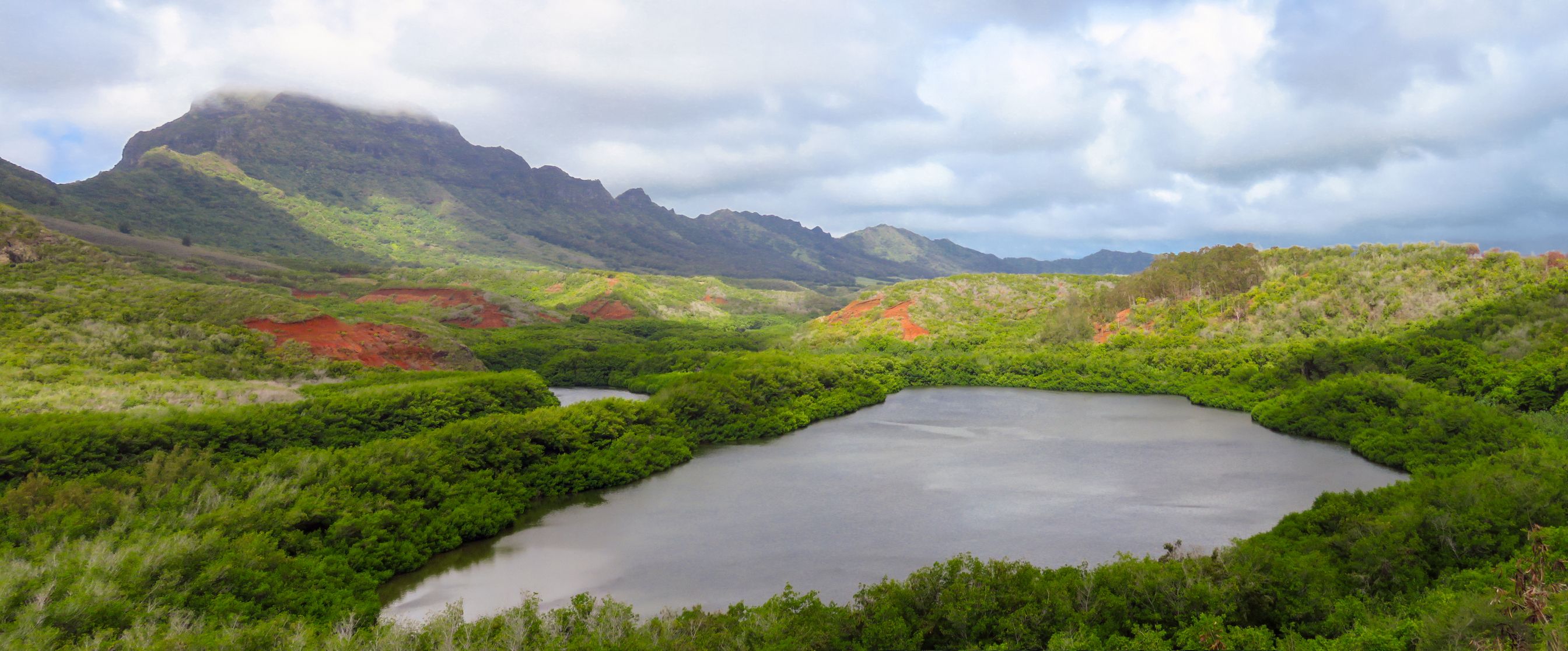
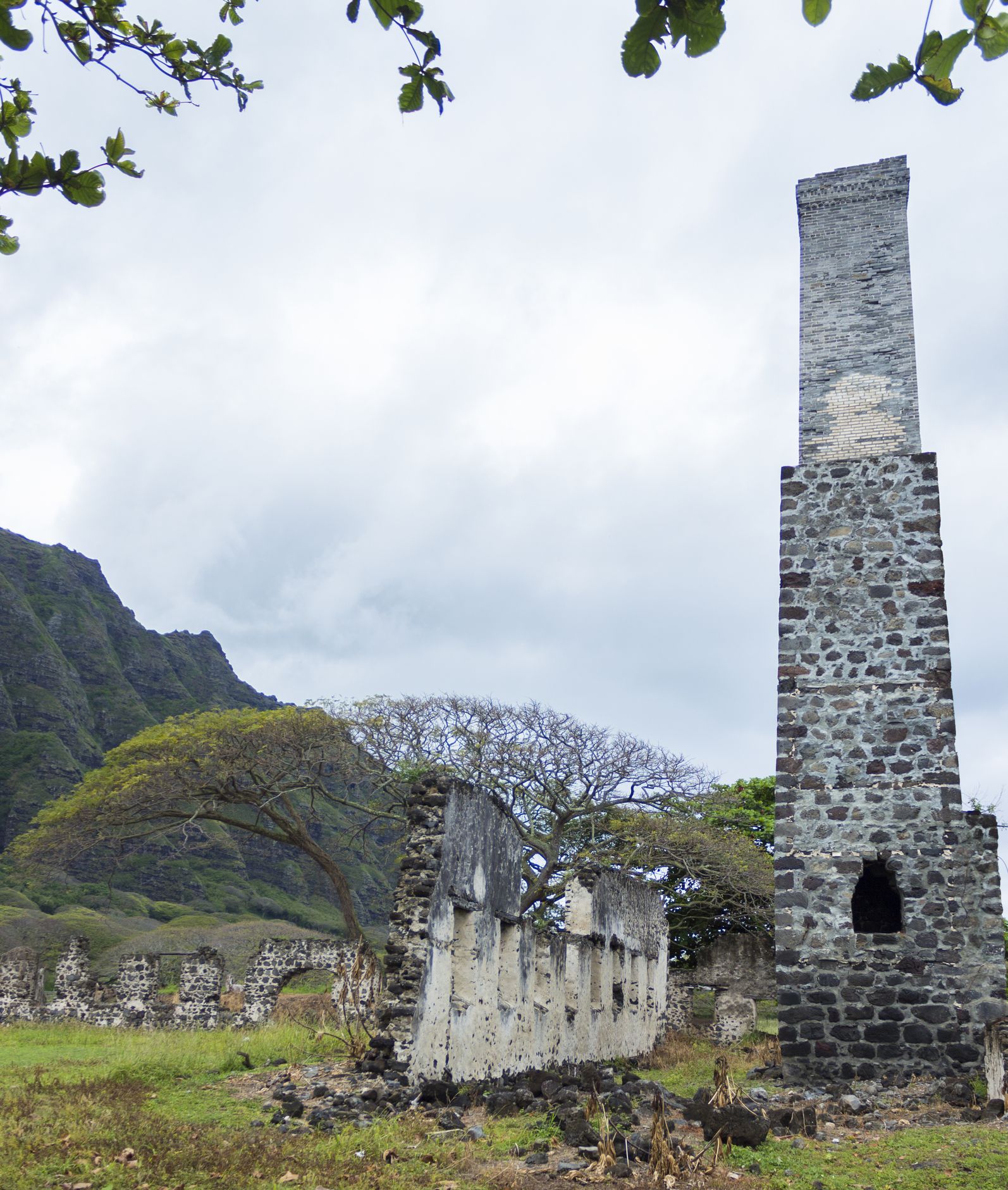
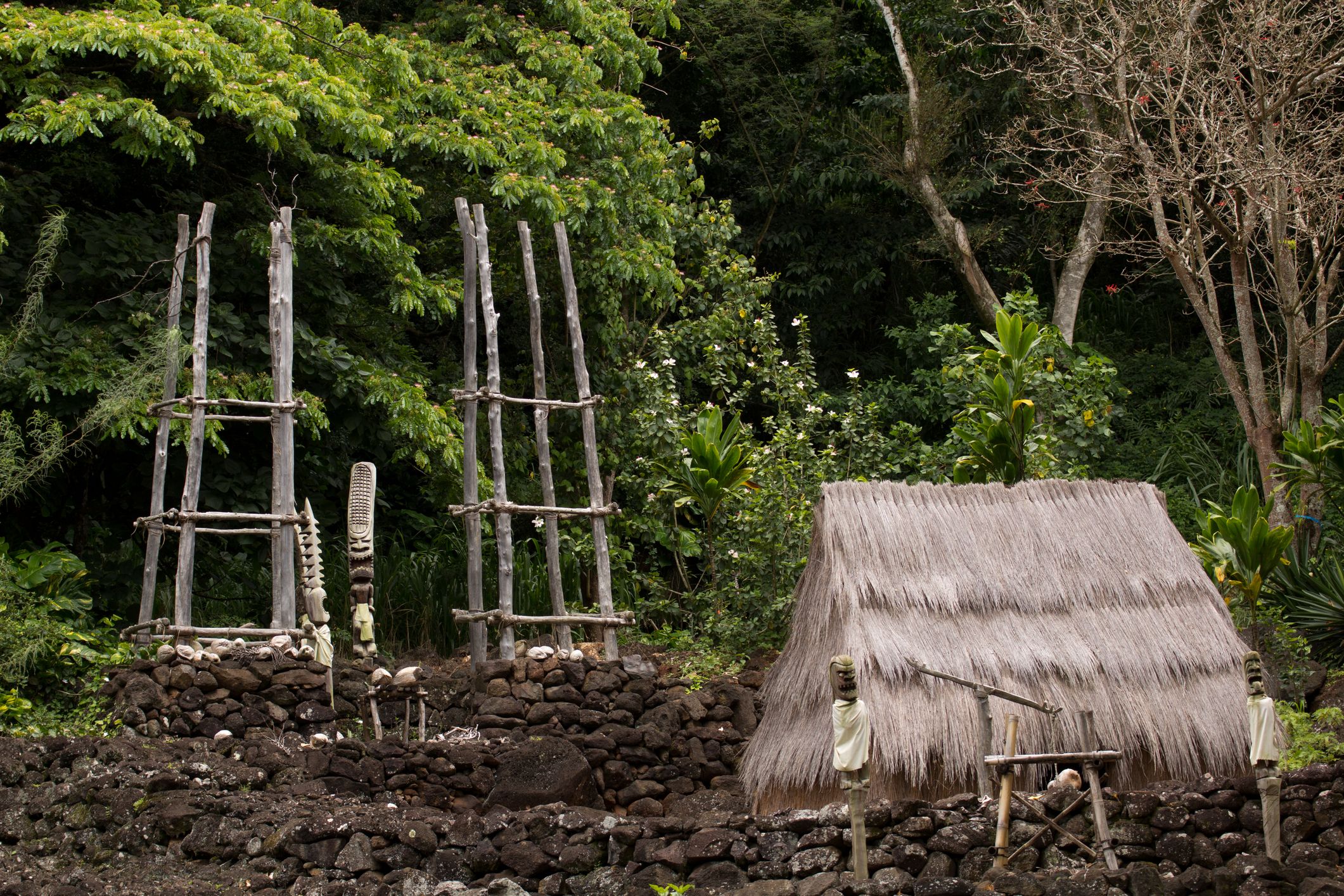
/cloudfront-us-east-1.images.arcpublishing.com/pmn/XBYSMNVOLVHY5LESNOHCCXTKZA.jpg)
